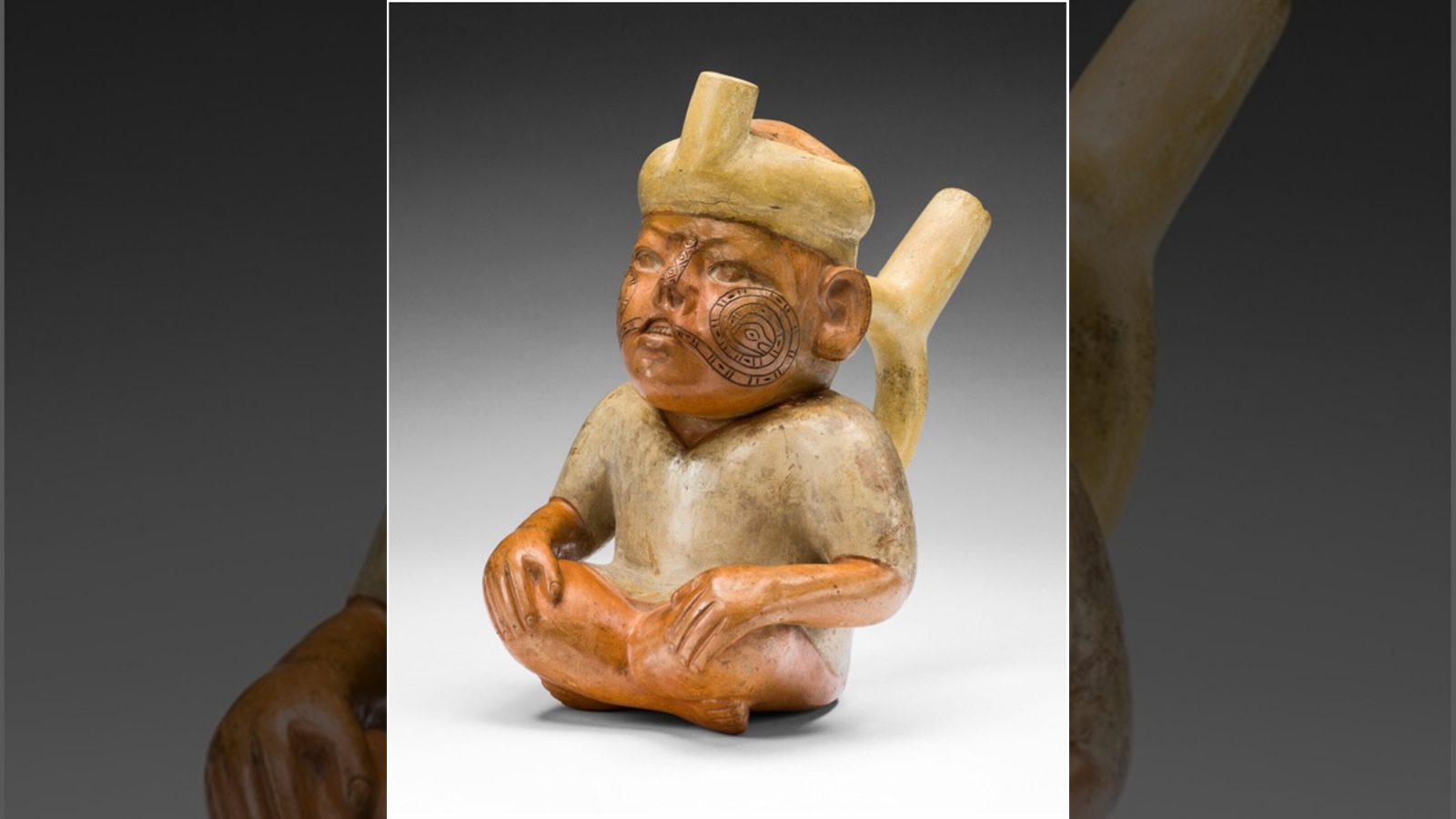Why Do Tennis Balls Bounce Faster on Wimbledon's Grass?
For millions of weekend tennis players, the court itself is almost always a hard, unchangeable surface that plays with somewhat predictable physics. At the annual Wimbledon Championships tournament, however, the world's top players must adapt to the ever-changing grass courts of the All England Lawn Tennis and Croquet Club, just outside of London. Playing on a living surface presents new challenges to players, who need to alter their tactics as the lush green of the first day becomes a worn, half dirt mixture by the end of the tournament.
For the most part, that means adapting to or taking advantage of a ball that bounces faster than it does on other surfaces. We'll get to the physics of why that is in just a bit, but first, a little history on Wimbledon's surface.
First played in 1877, the Championships, Wimbledon more commonly known as, simply, Wimbledon is the world's oldest tennis tournament. Two years earlier, Major Walter Clopton Wingfield came up with the idea of lawn tennis at the club.
While playing on grass was very common in the early days of tennis, the evolution of lower maintenance, harder surfaces eventually won out. Of the four major Grand Slam tournaments, only Wimbledon is still played on grass. The U.S. Open converted to clay courts in 1975, then to a hard surface in 1978, while the Australian open moved away from grass in 1988. The remaining Grand Slam tournament, the French Open, is still played, as it was originally, on clay.
Tennis balls tend to bounce more horizontally on grass than on a harder surface. As the ball hits the blades of grass, they bend and don't provide as much upward rebound. This results in faster, lower shots that often produce shorter rallies and quicker points. Because of this, players will run less, but will feel it in their racquets and arms when they're forced to make faster-paced returns. Rain and high humidity also sticks to the grass, causing more slippery conditions.
While the vivid green grass of the Wimbledon courts look terrific on television during the first week of the tournament, the wear and tear of players' shoes eventually take a toll on the small plants. By week two, traffic patterns along the baselines and center lines begin to show as the grass gives way to the dirt below it.
The enormous task of caring for the lawns at Wimbledon belongs to head groundsman Eddie Seaward and his 30-person crew. Grooming the 19 competition courts and 22 additional practice courts at the Club is a year-round effort.
Get the world’s most fascinating discoveries delivered straight to your inbox.
In 2001, Seaward made a bold decision (in groundskeeper circles) to convert all of the courts to a 100-percent perennial rye grass, replacing the traditional mix of 70-percent rye and 30-percent creeping red fescue. He hoped the pure rye would help the courts stand up better to the abuse they go through during the tournament and his experiment was a success. The change also provides a slightly firmer surface that has given the ball a little more bounce, which is appreciated by slightly slower players.
- Surprising Recyclables: How Tennis Balls Are Made
- New Record for Longest-Ever Tennis Match
- Why Is Grass Green?
Dan Peterson writes about sports and science at Sports Are 80 Percent Mental.
Follow Life's Little Mysteries on Twitter @llmysteries, then join us on Facebook.


